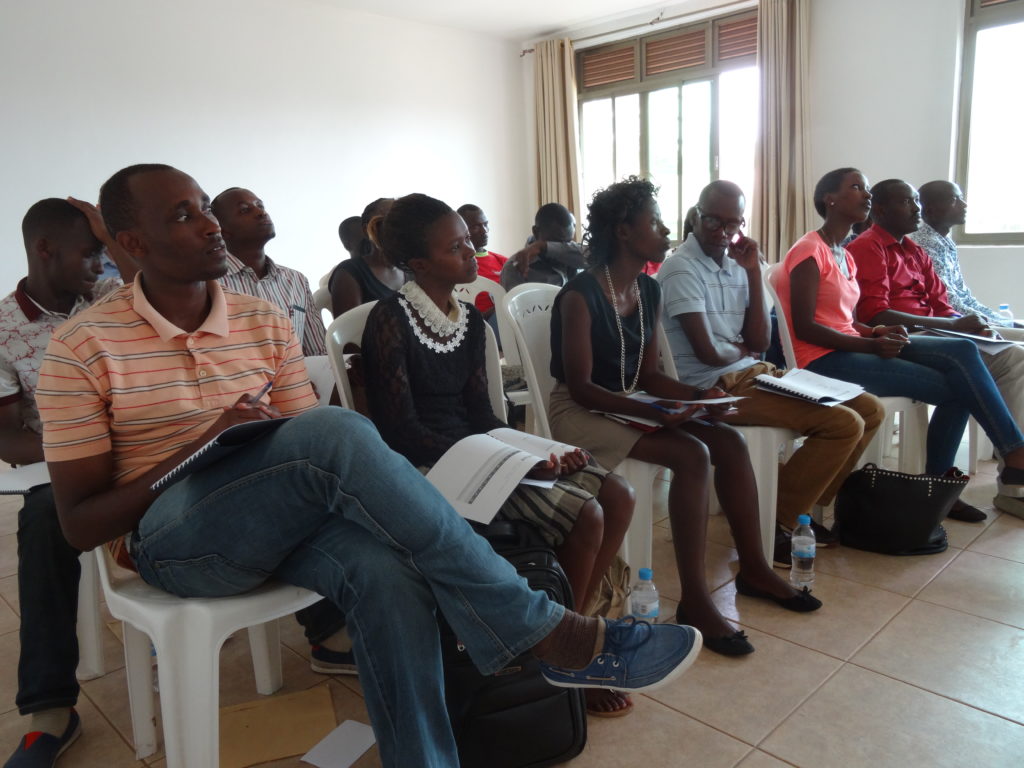
As we near publication of our new Strategic Plan for 2018 to 2020, we will be sharing here some background on Rwanda today, and drawing out the implications for survivors of the genocide against the Tutsi in Rwanda, and related vulnerable persons, which serves as the context for our continuing work to support that community.
This first instalment, is focused on the Economy of Rwanda…
Rwanda’s long-term development goals are defined in “Vision 2020,” a strategy that seeks to transform the country from a low-income, agriculture-based economy to a knowledge-based, service-oriented economy with middle-income country status by 2020. In order to achieve this, the Government of Rwanda has come up with a medium-term strategy: The second Economic Development and Poverty Reduction Strategy (EDPRS 2) outlines its overarching goal of growth acceleration and poverty reduction through four thematic areas: economic transformation, rural development, productivity and youth employment, and accountable governance.
Going forward, the private sector, which is still largely informal, will have to play a bigger role in ensuring economic growth. Poor infrastructure and lack of access to electricity are some of the major constraints to private investment. Some reforms have been successfully implemented to improve the business environment and reduce the cost of doing business. As a result, Rwanda was one of the top reformers in the Doing Business 2015 report, and is now ranked the third easiest place to do business in Sub-Saharan Africa.
In addition, reducing the country dependency on foreign aid, to be independent of it by 2020, through domestic resource mobilization is critical. While Rwanda has been effectively using aid for development, the country remains vulnerable to fluctuations in aid flows.
Rwanda’s economic growth though has not translated into sufficient productive employment particularly for the growing youth cohort aged 14-35 years, which represents nearly 40% of the population. Driven by nearly 3% average annual population growth, the size of the working-age population continues to increase and outpace job creation. Each year, 125,000 first-time job seekers enter the labour market which the economy is not able to absorb. 65% are underemployed and youth are disproportionately located in – and migrating to – urban areas where youth unemployment is three times that of rural areas.
Implication for survivors and related vulnerable groups: The issue of youth unemployment is particularly acute for young survivors (and second-generation survivors) due to the lack of contacts and collateral that they can access. Despite many survivors having had the opportunity to complete their secondary education through support from FARG, many do not have the skills to secure employment. Despite the focus on transitioning Rwanda from an agriculture-based to a knowledge-based economy, many of this group – as well as older widows – remain excluded from the job market and continue to rely on agriculture for their livelihoods.
Survivors Fund (SURF) continues to respond to this need through the projects it supports, such as the Innovation Fund and Youth Entrepreneurship Training Programme. You can support that work too, through a donation.
